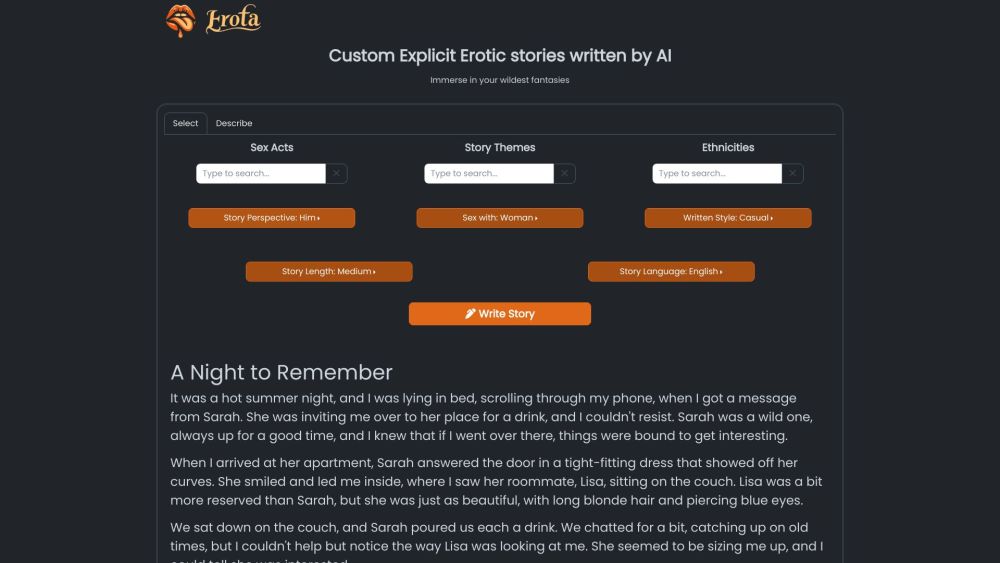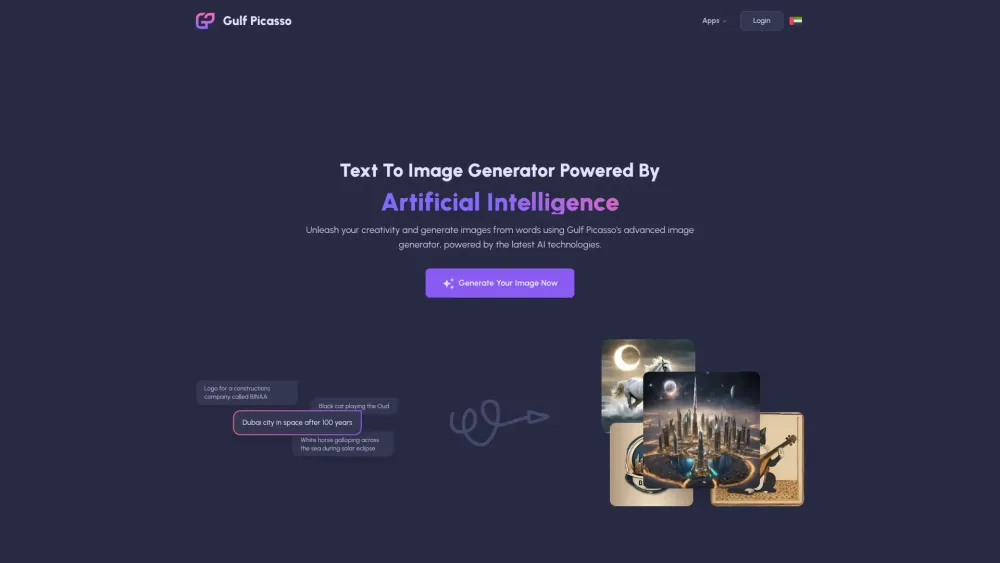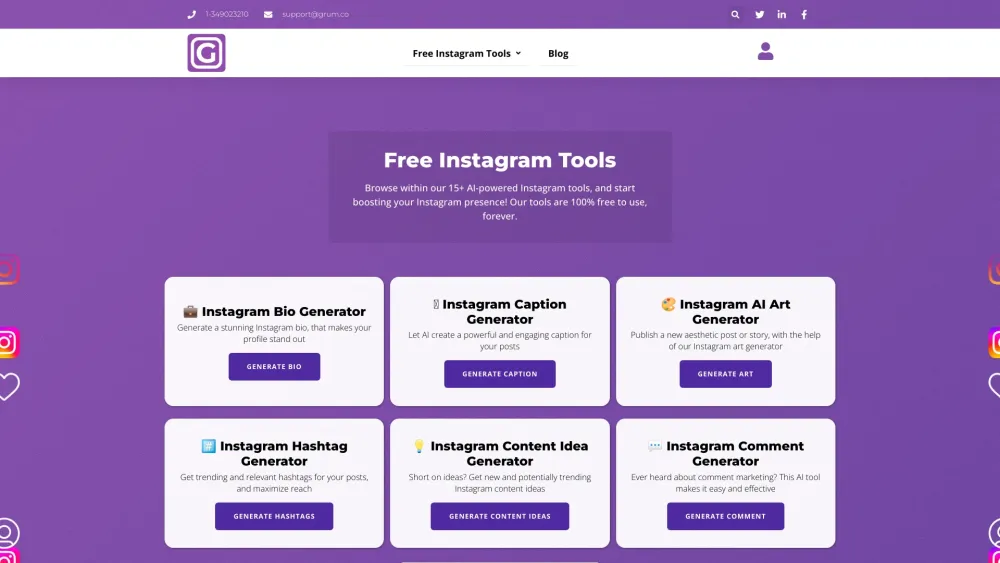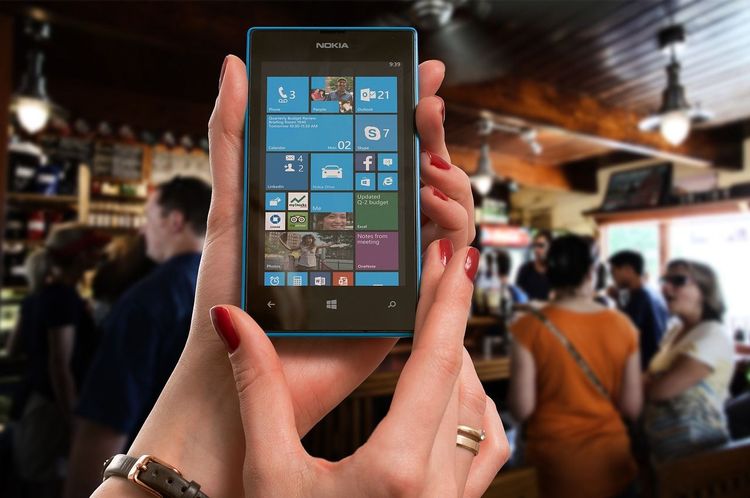OpenAI Sora: Ushering in a New Era of AI Content Creation on TikTok
Most people like

Experience the thrill of AI-generated erotic stories crafted exclusively for your fantasies. Discover a world where your desires come to life through imaginative narratives designed to captivate and entertain.

Discover the synergy between AI and Arabic within a unified ecosystem. As artificial intelligence continues to reshape industries worldwide, its integration with the Arabic language presents unique opportunities and challenges. This dynamic intersection not only enhances communication and accessibility but also fosters innovation across various sectors, from education to business. Explore how AI is transforming the Arabic language landscape and driving growth in the Arab world.

Elevate your Instagram presence using cutting-edge AI-powered tools designed to enhance engagement and streamline content creation.

Discover an AI tool designed to effortlessly enhance and upscale your images. Transform your photos with cutting-edge technology that improves quality and detail, making your visuals stand out with minimal effort. Perfect for designers, photographers, or anyone seeking to elevate their images with ease.
Find AI tools in YBX


